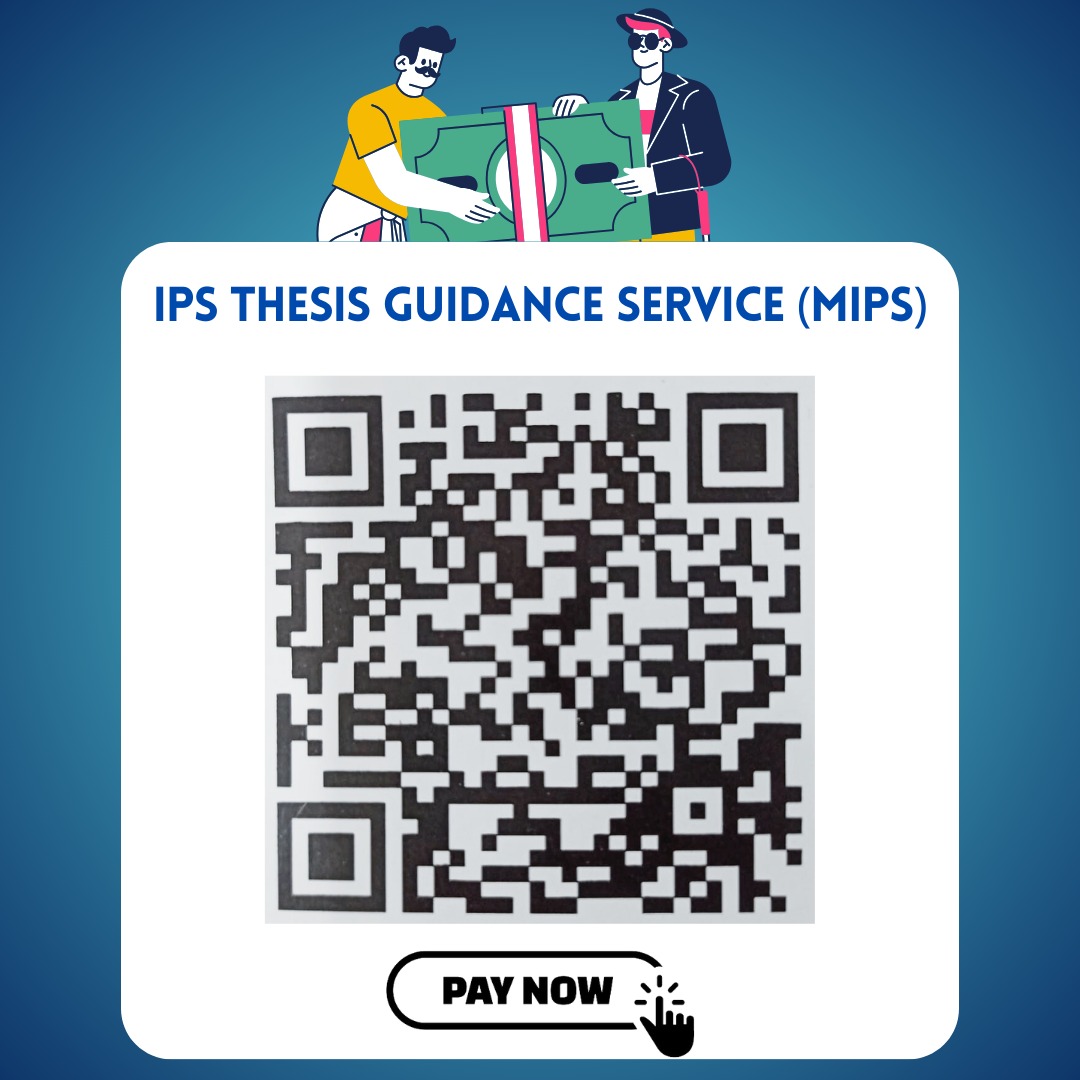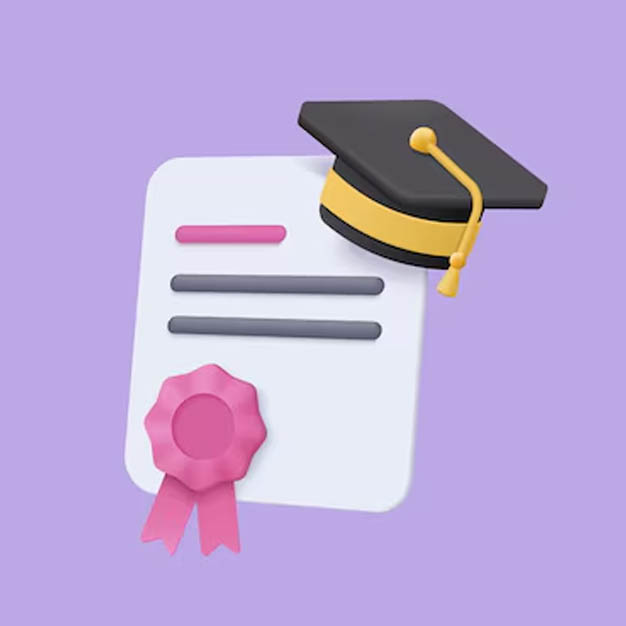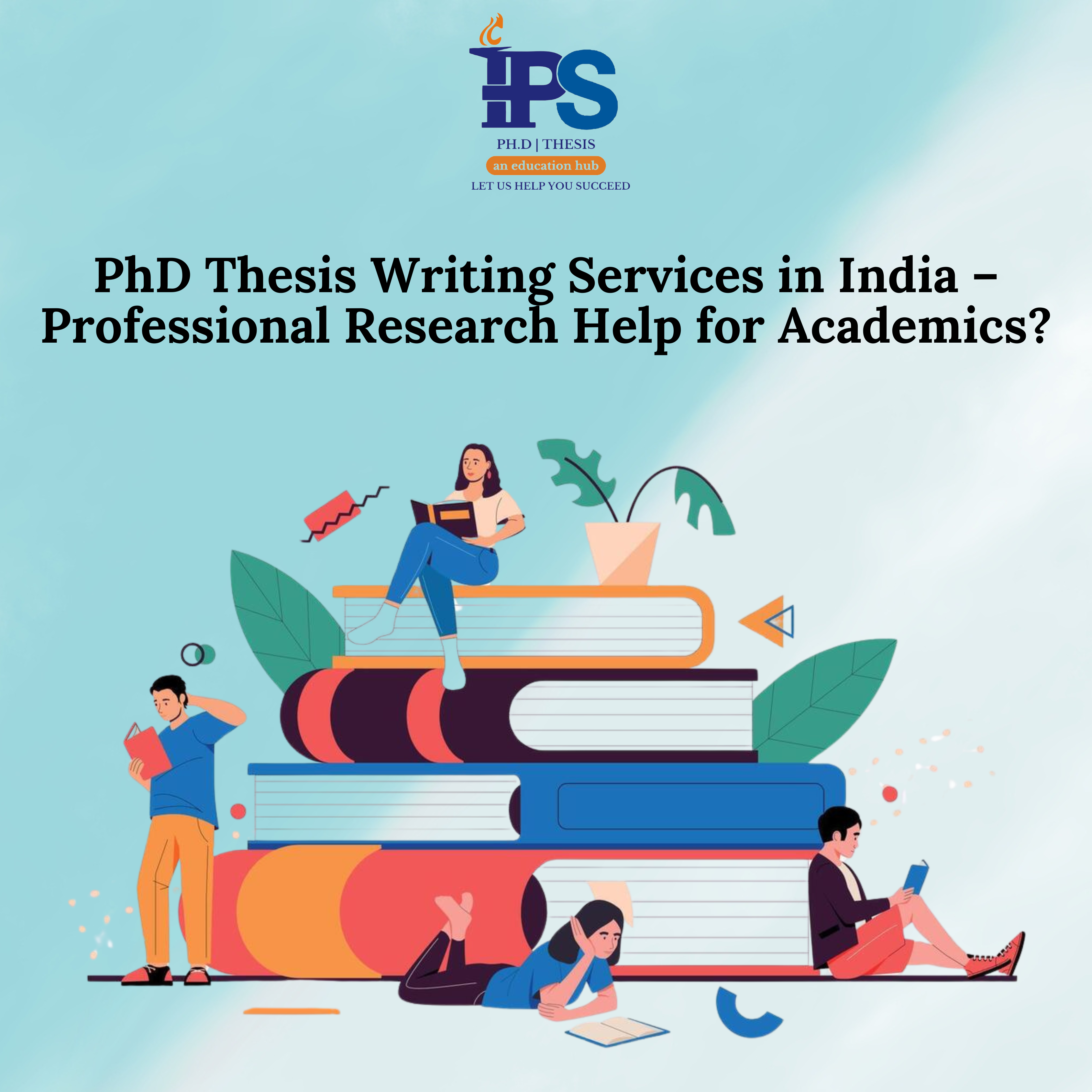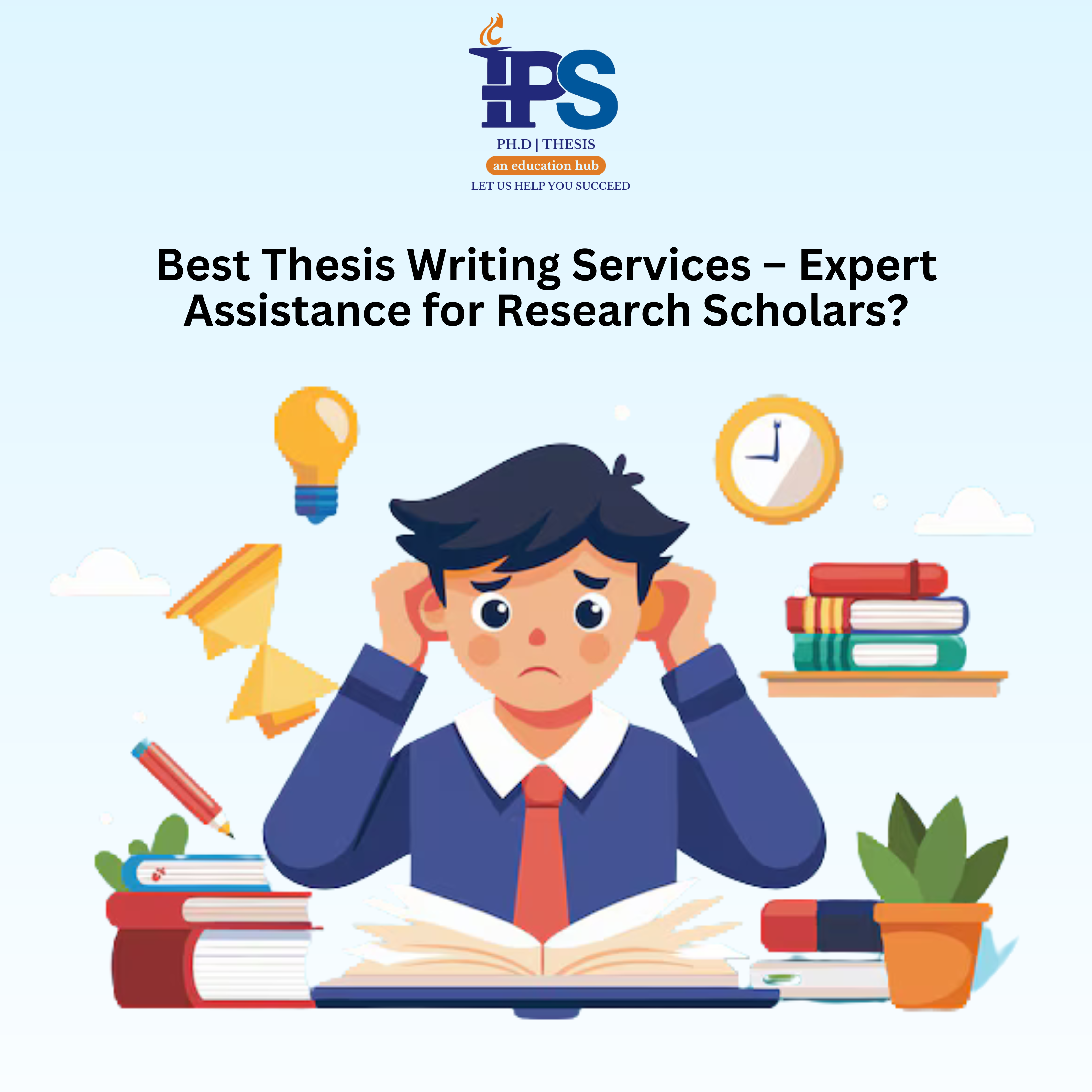Conferences serve as invaluable platforms for researchers, scholars, and professionals to disseminate their findings, exchange ideas, and network with peers. One of the essential components of any successful conference presentation is a well-crafted conference paper. A good conference paper not only showcases your research but also ensures that your work is effectively communicated to a wider audience. Whether you are a seasoned academic or a first-time presenter, understanding the process of PhD admission can also be crucial in shaping your research journey and advancing your academic career.
1. Choose the Right Conference
Before you even begin to write your conference paper, it's crucial to select the right conference for your research. Consider the following factors when making your choice:
- Relevance: Ensure that the conference aligns with the focus and scope of your research. Your paper should fit within the conference's thematic areas.
- Credibility: Look for conferences organized by reputable institutions or associations. A conference's reputation can influence the impact of your presentation.
- Audience: Consider the target audience of the conference. Is it academic, industry-specific, or interdisciplinary? Tailor your paper to meet the expectations and interests of this audience.
- Deadlines: Take note of the conference submission deadlines. Be realistic about your ability to meet these deadlines while maintaining the quality of your paper.
2. Understand the Conference Guidelines
Every conference has its own set of guidelines and requirements for paper submissions. These guidelines typically cover formatting, citation style, word count, and submission procedures. It's essential to thoroughly read and understand these guidelines before you start writing. Common aspects to pay attention to include:
- Paper length: Conferences often specify the maximum and minimum word count for papers. Adhering to these limits is essential.
- Citation style: Ensure that you follow the specified citation style (e.g., APA, MLA, IEEE) consistently throughout your paper.
- Abstract: Write a clear and concise abstract that summarizes your research objectives, methodology, and key findings. This is often the first part of your paper that reviewers and conference attendees will read.
- References: Accurately cite and reference all sources used in your paper. Avoid plagiarism by properly attributing others' work.
3. Plan Your Paper Structure
A well-structured conference paper is easier for both reviewers and readers to navigate. Consider the following elements when planning the structure of your paper:
- Title: Craft a descriptive and engaging title that clearly reflects the content of your paper. It should pique the reader's interest.
- Introduction: Provide context for your research, highlight the significance of the problem you're addressing, and state your research objectives or questions.
- Literature Review: Review relevant literature to establish the theoretical framework for your research. Discuss key studies, theories, and concepts related to your topic.
- Methodology: Describe your research methods and data collection techniques. Be transparent about your approach, ensuring that it is reproducible by others.
- Results: Present your research findings in a clear and organized manner. Use tables, figures, and charts where appropriate to enhance understanding.
- Discussion: Interpret your results, discuss their implications, and relate them to existing literature. Address any limitations of your study.
- Conclusion: Summarize the main points of your paper and restate the significance of your findings. Suggest areas for future research.
- References: List all the sources you've cited in your paper following the prescribed citation style.
4. Write Clearly and Concisely
Clarity and conciseness are essential when writing a conference paper. Consider the following tips to improve the readability of your paper:
- Use plain language: Avoid jargon and technical terms that may not be familiar to all readers. Define any specialized terms you need to use.
- Be concise: Get to the point and avoid unnecessary elaboration. Every sentence should contribute to the overall narrative of your paper.
- Organize information logically: Ensure that your paper flows smoothly from one section to the next. Use clear topic sentences and transitions to guide the reader.
- Edit and proofread: Carefully edit your paper for grammar, spelling, and punctuation errors. Proofreading is essential to maintain a professional presentation.
5. Support Your Claims with Evidence
Your conference paper should be grounded in evidence, whether it's empirical data, experiments, surveys, or a comprehensive literature review. Here's how to support your claims effectively:
- Data presentation: If your research involves data, present it clearly using tables, charts, and graphs. Ensure that your data supports the conclusions you draw.
- Citations: Properly cite and reference the sources of information and ideas you use in your paper. Citing credible sources strengthens the credibility of your work.
- Avoid overgeneralization: Be cautious about making sweeping claims without adequate evidence. Clearly state the limitations of your research.
- Quantify your findings: Whenever possible, use quantifiable data to support your arguments. Numbers and statistics add weight to your claims.
6. Engage the Reader
A conference paper should captivate the reader's attention and keep them engaged throughout. Consider the following techniques to achieve this:
- Use real-world examples: Relate your research to practical examples or current events to make it more relatable to the reader.
- Pose questions: Ask thought-provoking questions that encourage readers to think critically about your topic.
- Tell a story: Craft a compelling narrative that takes the reader on a journey from the introduction to the conclusion.
- Use visuals: Incorporate visuals like images, diagrams, and infographics to illustrate complex concepts or processes.
7. Seek Feedback
Before submitting your conference paper, it's advisable to seek feedback from colleagues, mentors, or peers. They can provide valuable insights and suggestions for improvement. When seeking feedback, consider the following:
- Peer review: Ask colleagues or peers with expertise in your field to review your paper and provide constructive feedback.
- Clarity check: Request feedback on the clarity and coherence of your paper. Are your ideas and arguments easy to follow?
- Grammar and style: Have someone with strong writing and editing skills review your paper for grammar, style, and overall presentation.
8. Revise and Polish
The first draft of your conference paper is unlikely to be perfect. Plan for multiple rounds of revision and refinement. Here's how to approach the revision process:
- Read it aloud: Reading your paper aloud can help you identify awkward phrasing, redundancies, or unclear sentences.
- Check formatting: Ensure that your paper adheres to the conference's formatting guidelines, including font size, margins, and line spacing.
- Consistency: Review your paper for consistency in terminology, formatting, and citation style.
- Conciseness: Trim unnecessary words and phrases to make your paper more concise and focused.
9. Prepare for Peer Review
Once you submit your conference paper, it will likely go through a peer-review process. Reviewers will assess the quality and relevance of your work. To increase your chances of acceptance, consider the following:
- Respond to feedback: If your paper receives feedback from reviewers, carefully address their comments and suggestions in your revisions.
- Highlight contributions: Clearly articulate the unique contributions of your research and why it is valuable to the conference audience.
- Relevance: Ensure that your paper aligns with the conference's theme and objectives.
10. Practice Your Presentation
Writing a good conference paper is only part of the equation. You also need to effectively present your research to an audience. Consider these tips for a successful presentation:
- Practice: Rehearse your presentation multiple times to ensure that you can deliver it confidently and within the allotted time.
- Visual aids: Prepare clear and visually appealing slides or presentation materials to accompany your talk.
- Engage the audience: Encourage audience participation through questions, anecdotes, or interactive elements.
- Timing: Respect the time limits set by the conference organizers. Being concise and well-prepared is key.
- Anticipate questions: Be ready to answer questions from the audience and reviewers. Prepare concise responses to potential queries.
In conclusion, writing a good conference paper is a skill that can significantly impact your academic and professional career. By selecting the right conference, following guidelines, structuring your paper effectively, and presenting your research clearly, you can increase the chances of your work being well-received and making a meaningful contribution to your field. Remember that the process of writing and presenting conference papers is a learning experience, so don't be discouraged by setbacks and use them as opportunities for growth.












